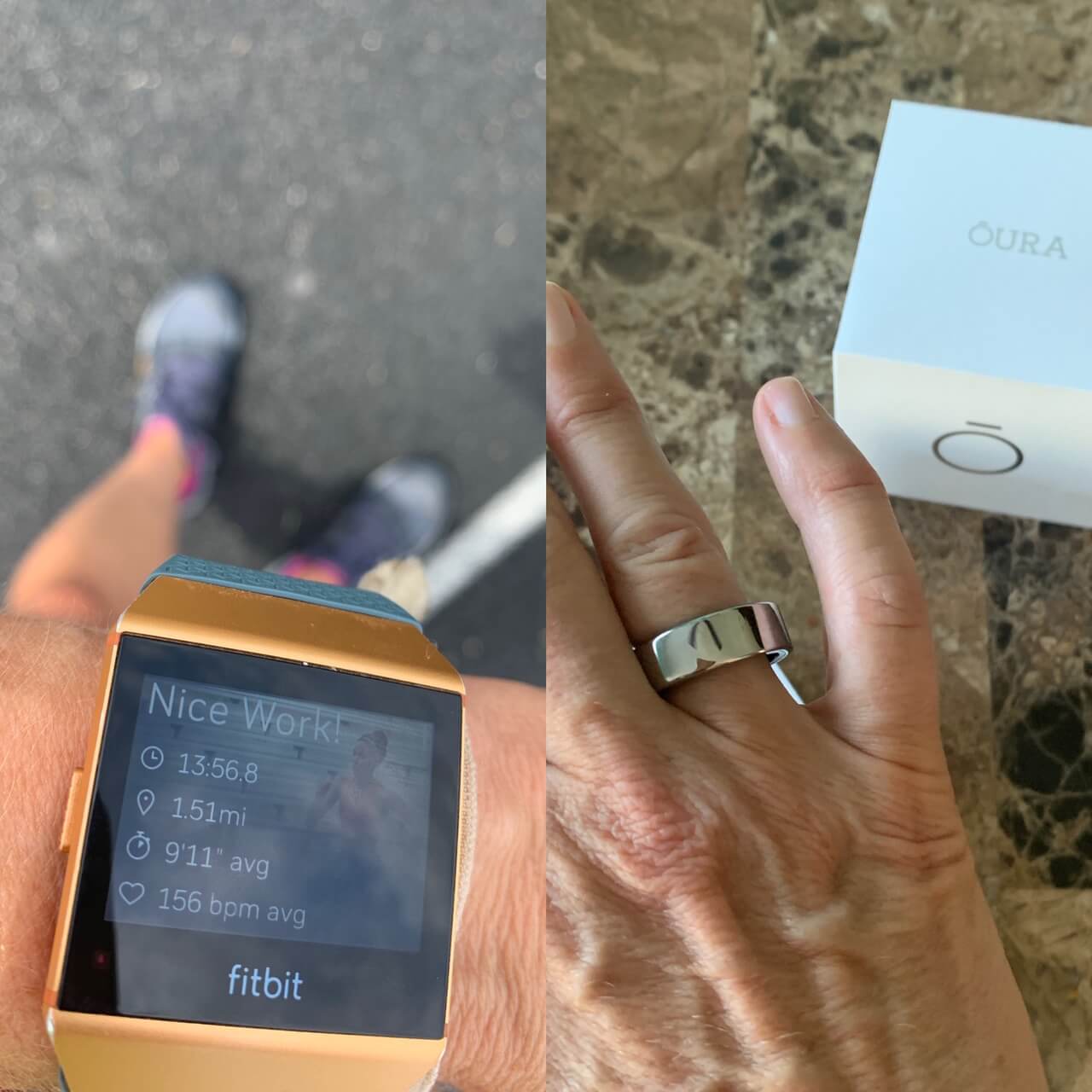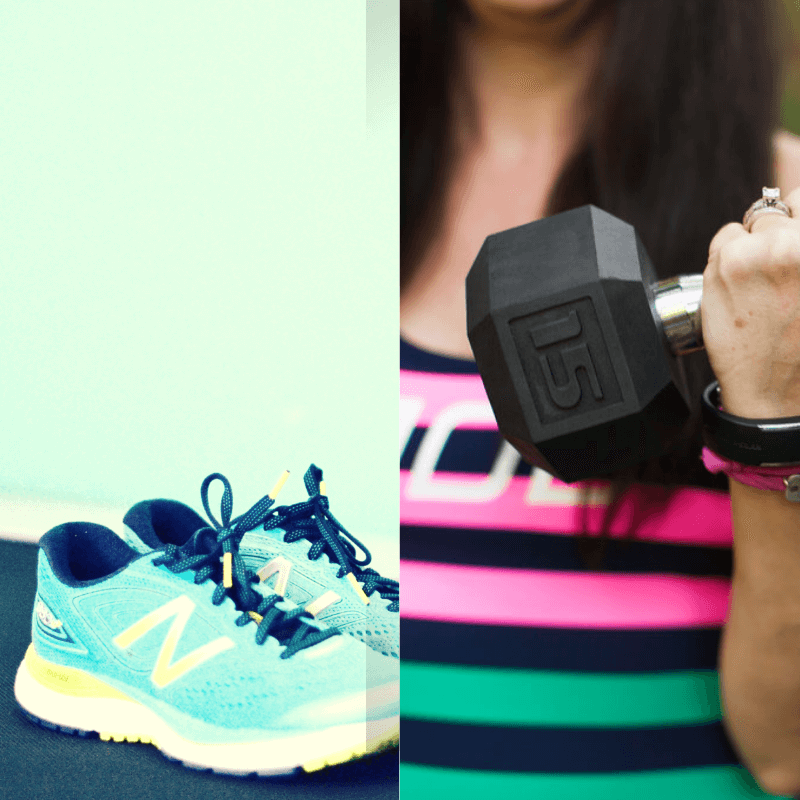Welcome to the fourth week in the nine-week holiday challenge! Are you still with me nearly halfway through the challenge? The purpose of this holiday challenge is to build healthy habits during the busiest part of the year, so when the new year rolls around, you will have a solid foundation to build your goals.
If you’ve thought over the last few weeks that the challenges were too easy, or that they were repetitive of concepts you already knew about, then you’re on the right track. The purpose of the challenge is to make the tasks achievable. The truth is, most of us know what we should be doing to live healthier, but there is a big difference between knowing and doing. I don’t always make the healthiest choices even though I know better.
Healthy habits help us practice the actions that build the foundation of a healthy lifestyle. When healthy behaviors are habitual, it doesn’t take any willpower or motivation to execute them anymore; it becomes part of the way you live your life. It takes practice and consistency, but over time these small actions, all building on each other, pay off in the form of an effortless healthy lifestyle.
9-week holiday challenge week four. Save to your favorite Pinterest board for later.
We are a participant in the Amazon Services LLC Associates Program, an affiliate advertising program designed to provide a means for us to earn fees by linking to Amazon.com.
Week Four Challenge: Drink More Water
Why Drink Water?
I had a busy week last week. It was Thanksgiving in the US, and I spent more time at home than usual. I wasn’t drinking as much water as usual, and I could feel the difference in my energy levels. I ate a little more than usual, had a few glasses of wine, and drank less water than usual; A combination that left me feeling sluggish.
Dehydration can make you feel tired and foggy-brained and can cause headaches. Just drinking water on a regular basis can help you feel more energetic and focused.
Water brings nutrients to the cells and carries waste products away.
Water can help you feel fuller between meals. Sometimes when we feel hungry, we might be thirsty.
Dehydration can be the cause of muscle cramping during a workout. Muscles are happy when they are hydrated!
How Much Water Should I Drink?
Like most nutrition-related questions, the answer is “it depends” because each person has individual needs. We’ve all heard of the eight glasses of water a day rule, and that can be a good starting point, but you may need to adjust up or down based on your size, your activity level, the weather, and the altitude.
Another method to determine water intake for active people is to aim to drink 1/2 your body weight in ounces. If you weigh 200 lbs, drink 100 ounces or 12.5 cups a day. A 150-pound person would aim for 75 ounces of water or about 9.5 cups a day.
How Can I Drink More Water?
It’s best to spread it out throughout the day. Enjoy a cup or two before you reach for your morning coffee. Have a cup before each meal and during or after each meal. Drink before and during exercise and a cup before bed (but not too close to bedtime to avoid disruption of sleep for potty breaks).
Experiment with water intake and adjust based on your body's feedback. Drink more if you feel sluggish or if you’re sweating a lot and less if you feel water-logged.
If you are not drinking any water right now, start small. Focus on just drinking one cup with each meal, when that becomes a habit, continue to add until you reach your goal baseline. If eight glasses feel like too much, start with four. Any improvement is moving forward. You don’t have to do it perfectly, give it your best effort with what makes sense in your life. There is room to grow in the future.
Strategies For Drinking More Water
TRY SPARKLING WATER
Sparkling water can be a great alternative to plain water with a hint of flavor and all the fizz of a soft drink.
TRY FRUIT-INFUSED WATER
LIke at those fancy spas, add cucumber slices, berries or fruit to water for a hint of natural refreshing flavor. Try filling up a water pitcher with fruits or use a fruit infuser water bottle.
DRINK TEA
Add flavored decaffeinated tea bags to your water to drink hot or cold. Green tea is also a healthy choice. Some claim caffeinated drinks don’t count towards your water intake because they are a mild diuretic, but as long as you are drinking caffeine in moderation, and you feel hydrated during the day, it counts. In the end, it’s about how your body responds.
BUY A REUSABLE WATER BOTTLE
Buy a personalized, pretty or funny water bottle to stay motivated and keep it top of mind.
TRACK YOUR WATER INTAKE
What gets measured gets managed. Keep track of how many cups of water you’re drinking each day. Write it down on paper, in an app, or on the notes in your phone. Tracking can help you stay aware and focused on your goal.
ADD FLAVOR TO YOUR WATER
Buy flavored water or water flavoring if plain water is too well, plain for you. Keep in mind the grams of added sugars or artificial sweeteners, but remember this is not all-or-nothing. Flavored water is usually healthier than soda, so any step in the right direction is a good move. The choice isn’t between plain water or no water, how can you make it work for you?
CAN YOU DRINK TOO MUCH WATER?
Yes, it’s possible, but unlikely if you are following the 1/2 of your body weight in ounces rule. Always pay attention to the signals that your body sends and adjust as necessary.
HOW CAN I TELL IF I HAD ENOUGH OR TOO MUCH?
The easiest way to evaluate your hydration levels is by the color of your urine. Light yellow urine usually means you are adequately hydrated if it is dark yellow, you likely need to drink more water to rehydrate. Which reminded me of this…
Your challenge this week is to increase your water intake to the level that is appropriate and achievable for you. Continue to work on the habits from the previous weeks as you build new habits.
What has been easy for you so far? What has been hard? Even though the habits are simple, that doesn’t mean they are easy. It takes hard work and dedication to build habits, and you are doing it. Thanks for hanging in there.
Did you like this post? Do you know someone who might benefit? It helps me a lot when you share with your friends and followers.
















The single-leg deadlift is one of the most effective exercises for runners to improve balance and build independent hip and leg strength to run strong and reduce the chance of injury. Learn to perform the single-leg deadlift properly, and how to progress the exercise for continuous improvements.